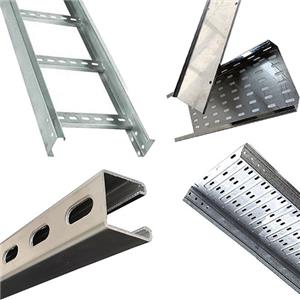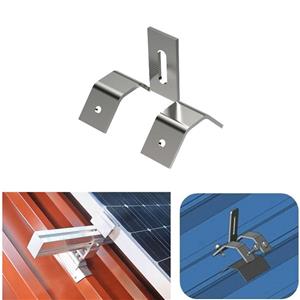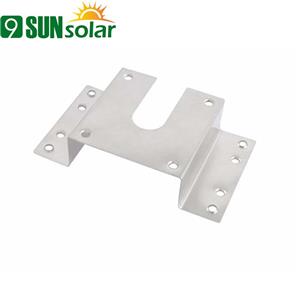-
03-01-2025
9SUN SOLAR Announces 2025 Global Exhibition Lineup to Showcase Innovative Solar PV Mounting Solutions
9SUN SOLAR will showcase its advanced solar PV mounting systems at major international exhibitions in 2025, highlighting innovations in ground, rooftop, and agricultural solutions for efficient, sustainable energy.
-
25-12-2024
Ground-Mounted vs. Rooftop Solar Panels: Which Option Is Best for You?
Ground-Mounted vs. Rooftop Solar Panels: Which Option Is Best for You?
-
01-11-2024
How Does Heavy Snow Affect Solar Mounting Systems?
Heavy snowfall can significantly impact solar mounting systems in several ways: 1."Light Obstruction": Accumulated snow can block sunlight, reducing the efficiency and power generation of solar panels. 2. "Increased Load": The weight of snow adds stress to the mounting structure, which may lead to damage or collapse if not properly designed. 3. "Water Accumulation": Snow buildup can compromise stability and, when melted, create puddles that may damage components if not managed correctly. To mitigate these effects, it’s important to regularly clean solar panels, ensure robust mounting systems, consider snow management solutions, and assess local climate conditions during installation. While challenges exist, they are generally manageable with proper planning and professional guidance.
-
11-09-2024
Why Choose Ground-Mounted Solar Panels?
Ground mount solar panel system offer several advantages over rooftop systems. First, they are easier to install and more flexible, as they can be placed on any open land without affecting the roof. Second, they are more efficient, as they can be positioned at the ideal angle for maximum sunlight exposure, resulting in greater energy production and savings. Lastly, ground-mounted systems are more accessible for maintenance, making it easier to clean and care for them, especially in areas prone to snow.
-
11-09-2024
Overview of Ground-Mounted Solar Panel Types
There are two main types of ground mount solar systems: 1. Rack-Mounted: Uses metal frames to hold panels at a fixed angle. It's easy to install and affordable but takes up more space and lacks advanced features like trackers. 2.Pole-Mounted: Elevates panels higher with tracking systems that follow the sun, increasing efficiency by 25%. However, it’s more expensive, harder to maintain, and less flexible for expansion. Both systems can be costly and visually intrusive, so the choice often depends on personal preference.




